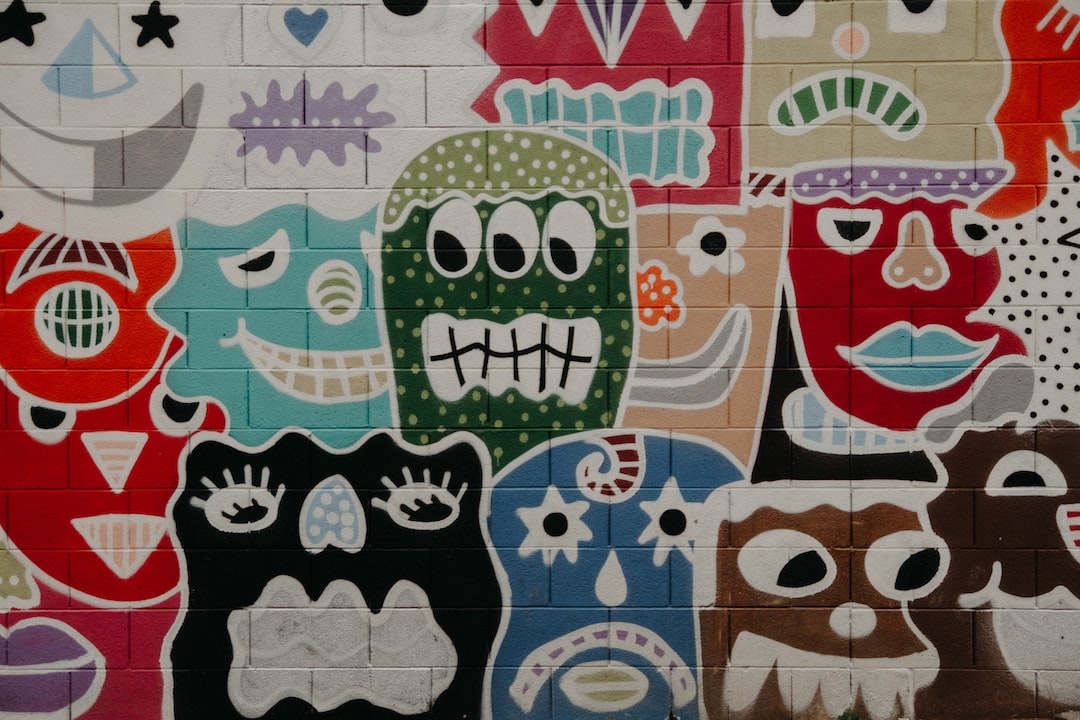Breaking Barriers: Celebrating Women Artists and Their Contributions in the Art World
Throughout history, women artists have been sorely underrepresented and undervalued in the art world. However, their resilience and creativity have sparked countless movements, challenged societal norms, and reshaped the art landscape. Today, we celebrate the incredible contributions of women artists and their journeys in breaking barriers.
From the Renaissance to the modern era, women artists have faced numerous challenges and restrictions. Denied access to formal education and apprenticeships, their artistic talents were often dismissed or suppressed. Yet despite these obstacles, women found ways to express themselves and create impactful art.
In the Renaissance period, Artemisia Gentileschi emerged as a prominent figure. Despite facing discrimination, she became the first female member of the prestigious Accademia di Arte del Disegno in Florence. Gentileschi’s paintings focused on biblical and mythological subjects, portraying strong and empowered women. Her artwork challenged the prevailing narrative of male dominance and gave women a voice in the art world.
Moving forward, the groundbreaking work of Frida Kahlo revolutionized the art scene in the twentieth century. Kahlo’s deeply personal and introspective paintings explored themes of identity, pain, and empowerment. She delved into her own experiences as a woman, a Mexican, and a disabled artist, creating a unique and provocative body of work. Kahlo’s unapologetic self-portraits and raw emotional expression paved the way for future generations of women artists.
In contemporary art, the Guerrilla Girls have become a driving force for change. Formed in the 1980s, this anonymous group of feminist activists used provocative artwork and public interventions to expose gender and racial bias in the art world. Their campaigns and influential posters highlighted the underrepresentation of women artists in galleries and museums. The Guerrilla Girls’ activism pushed institutions to address these inequalities and foster a more inclusive art world.
The contributions of women artists are not limited to the fine arts; they have also made waves in street art. Street artist, activist, and feminist, Banksy, often incorporates social and political commentary in his work. However, he is just one notable name in a long line of women who have defied gender norms and made significant contributions to street art. Female street artists such as Lady Pink, Swoon, and Fafi have challenged the male-dominated world of graffiti and paved the way for more diverse voices in urban art.
Women artists have also made an indelible impact on the realm of performance art. Marina Abramović, through her intense and boundary-pushing performances, has redefined notions of art and the body. Her work confronts themes of vulnerability, endurance, and the female experience. Abramović’s performances have challenged societal expectations and rewritten the rules of what art can be.
It is crucial to recognize and celebrate women artists not only for their artistic abilities but also for the barriers they have broken. Their contributions have allowed for greater representation and diversity in the art world, inspiring future generations of female artists to pursue their passions.
In conclusion, women artists have continually defied societal norms and shattered glass ceilings in the art world. From Artemisia Gentileschi to Frida Kahlo, the Guerrilla Girls to contemporary street artists, women have made invaluable contributions to the arts. By acknowledging and uplifting their work, we take an essential step toward creating a more inclusive and equitable art world. It is time to break down barriers, celebrate women artists, and ensure that their voices and contributions are forever memorialized in the pages of art history.


